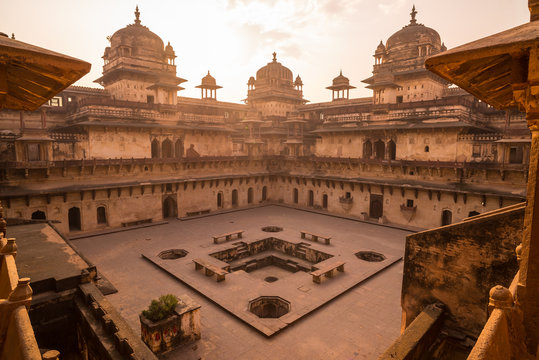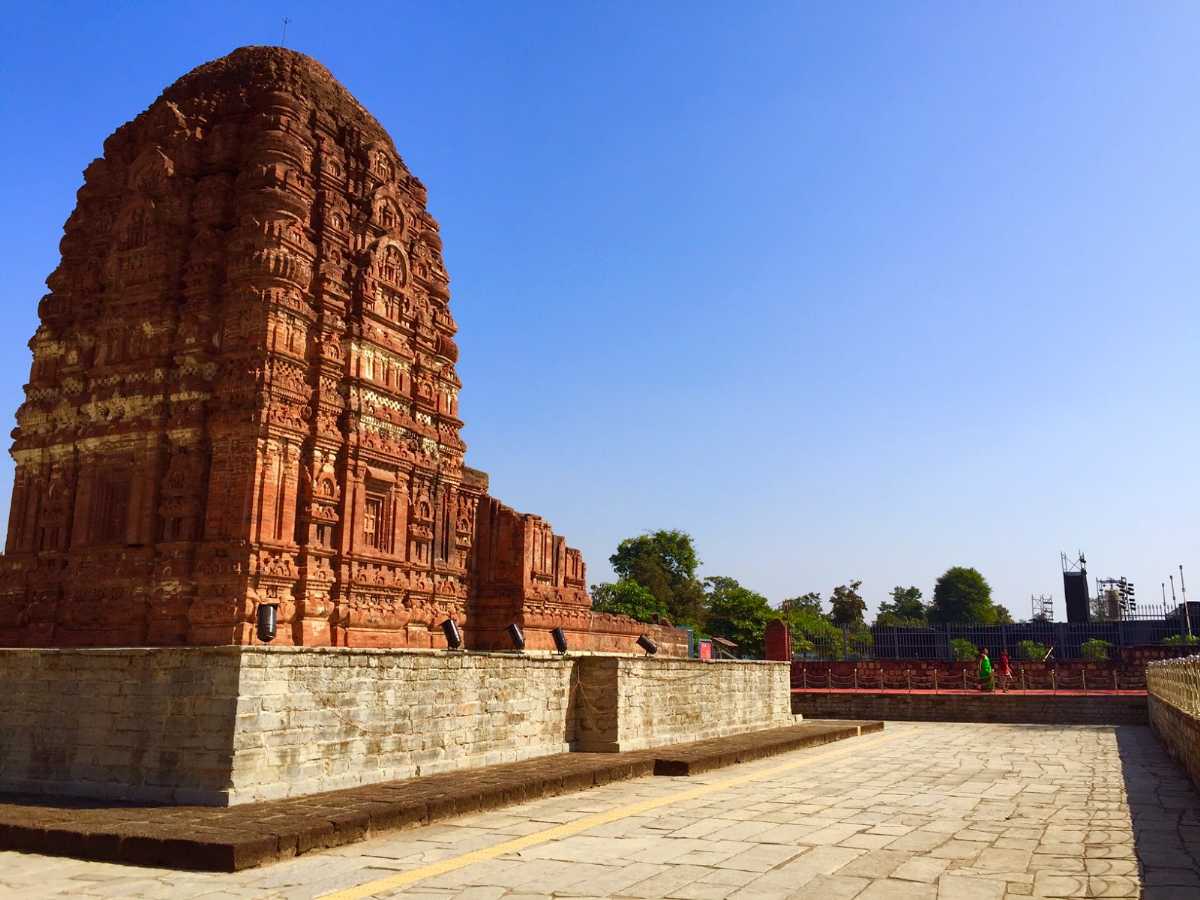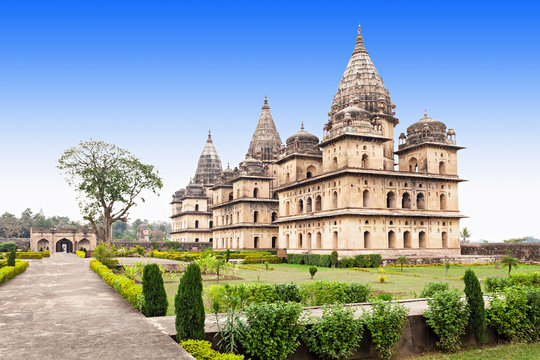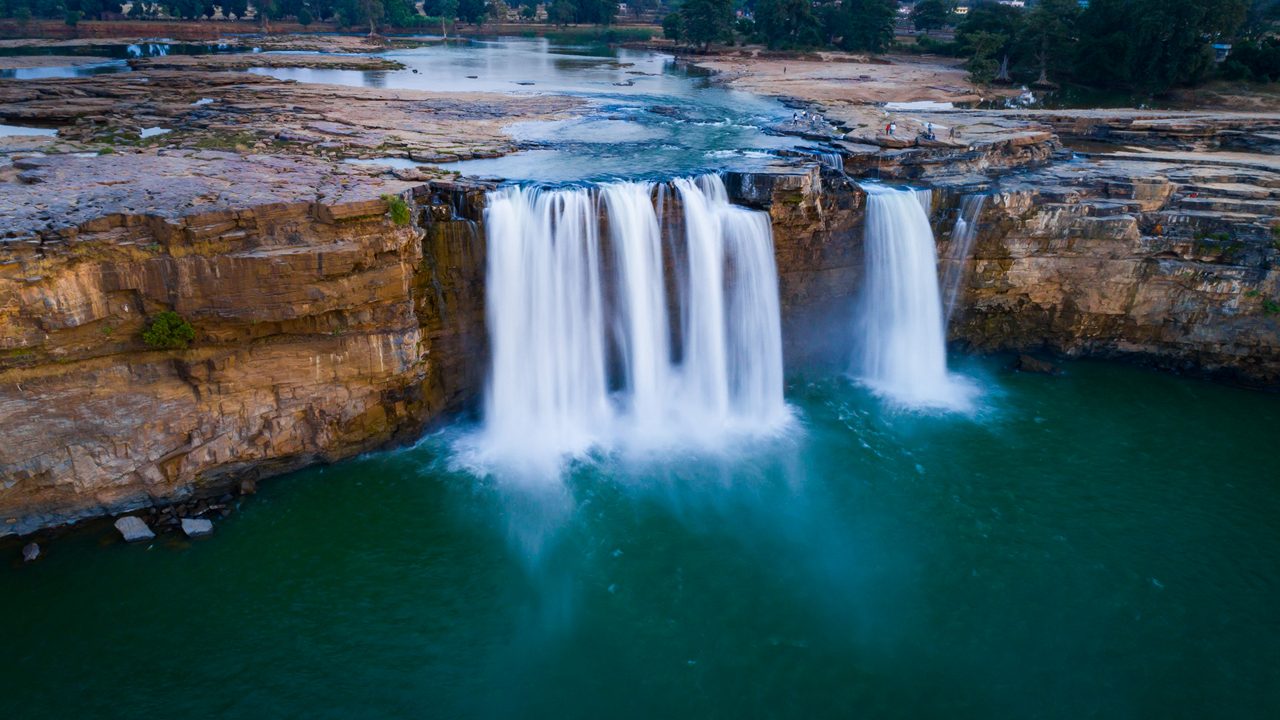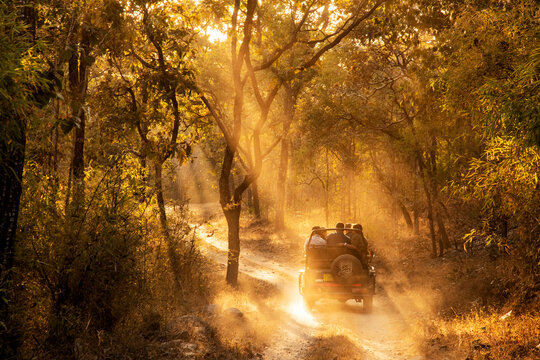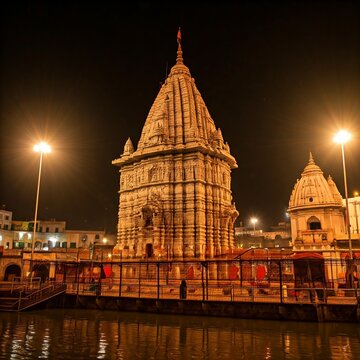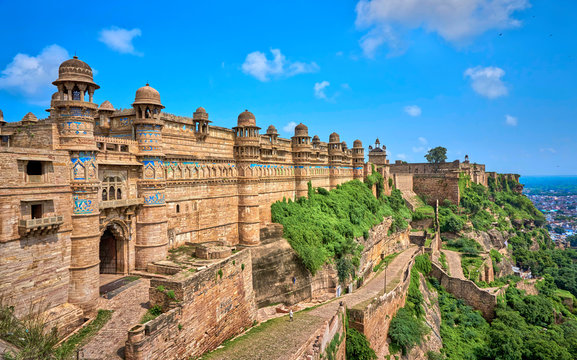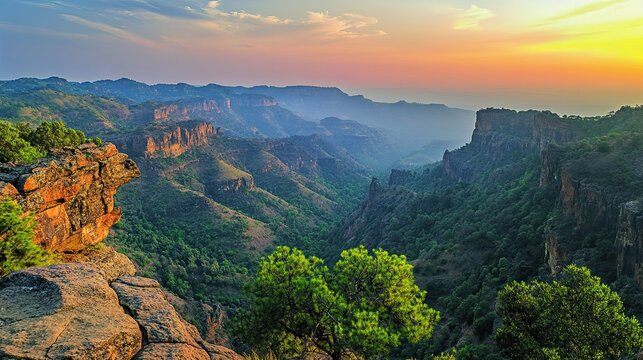Sanchi Stupa in Madhya Pradesh is a UNESCO World Heritage site and one of India’s oldest stone structures, symbolizing Buddhist art and architecture.
¤ 4 minutes Read
Central India
Central India, is a region where history, spirituality, and nature converge
Home to UNESCO World Heritage sites like Khajuraho, Sanchi, and Bhimbetka, it also boasts dense forests, majestic waterfalls, and famous tiger reserves, offering a perfect blend of culture and wilderness.
States in Central India
Chhattisgarh
Chhattisgarh is a land of waterfalls, ancient temples, and vibrant tribal culture nestled in central India.
Madhya Pradesh
Madhya Pradesh, is renowned for its historic temples, wildlife sanctuaries, and UNESCO World Heritage sites .
Must-Visit Attractions in Central India
Khajuraho
Khajuraho in Madhya Pradesh is famed for its UNESCO-listed temples adorned with exquisite and intricate erotic sculptures.
Chitrakote Falls
Chitrakote Falls in Chhattisgarh, often called the “Niagara of India,” is the widest waterfall in the country.
Kanha National Park
Kanha National Park, is one of India’s largest wildlife reserves, known for its Bengal tigers, barasingha (swamp deer), leopards, wild dogs, and over 300 species of birds.
Mahakaleshwar Jyotirlinga
Ujjain’s Mahakaleshwar Jyotirlinga is a revered Shiva temple known for its powerful spiritual aura and the unique Bhasma Aarti
Gwalior Fort
Gwalior Fort stands as a symbol of valor and architectural brilliance, overlooking the city with its massive walls and rich history.
Pachmarhi
Pachmarhi, the “Queen of Satpura,” is a serene hill station known for its waterfalls, caves, and lush greenery.
Bhimbetka
Bhimbetka Caves, a UNESCO World Heritage Site, showcase prehistoric rock shelters with ancient paintings dating back thousands of years.
Folk Dance of Andhra Pradesh
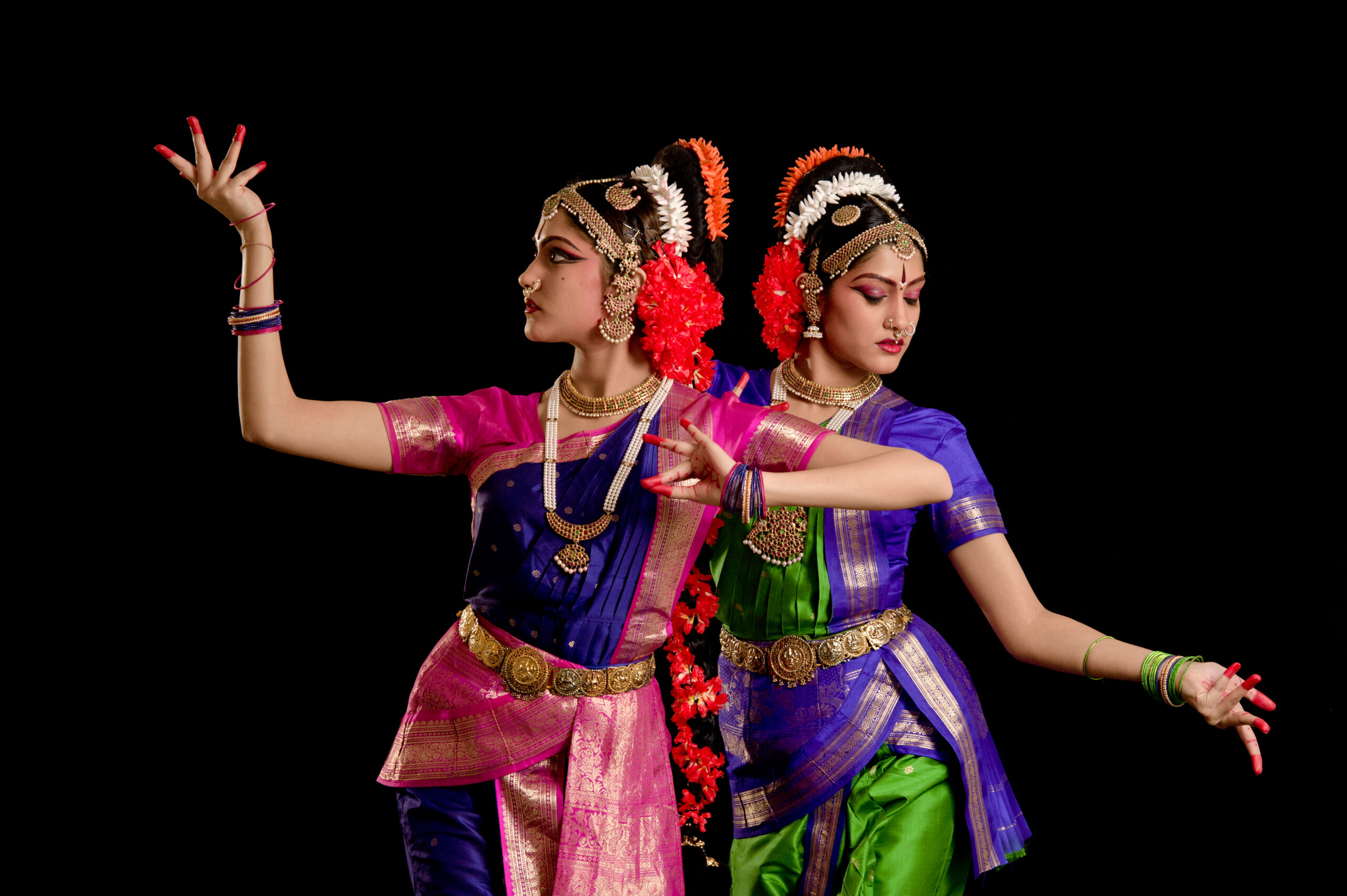
Andhra Pradesh Blogs
- Andhra Pradesh Cultural guide
- Places to visit in Andhra Pradesh
- Places to visit in Andhra Pradesh
- India’s most popular destination
- India’s archaeological marvels
Recommended articles
- Andhra Pradesh Cultural guide
- Places to visit in Andhra Pradesh
- Places to visit nearby Andhra Pradesh
- India’s most popular destination

